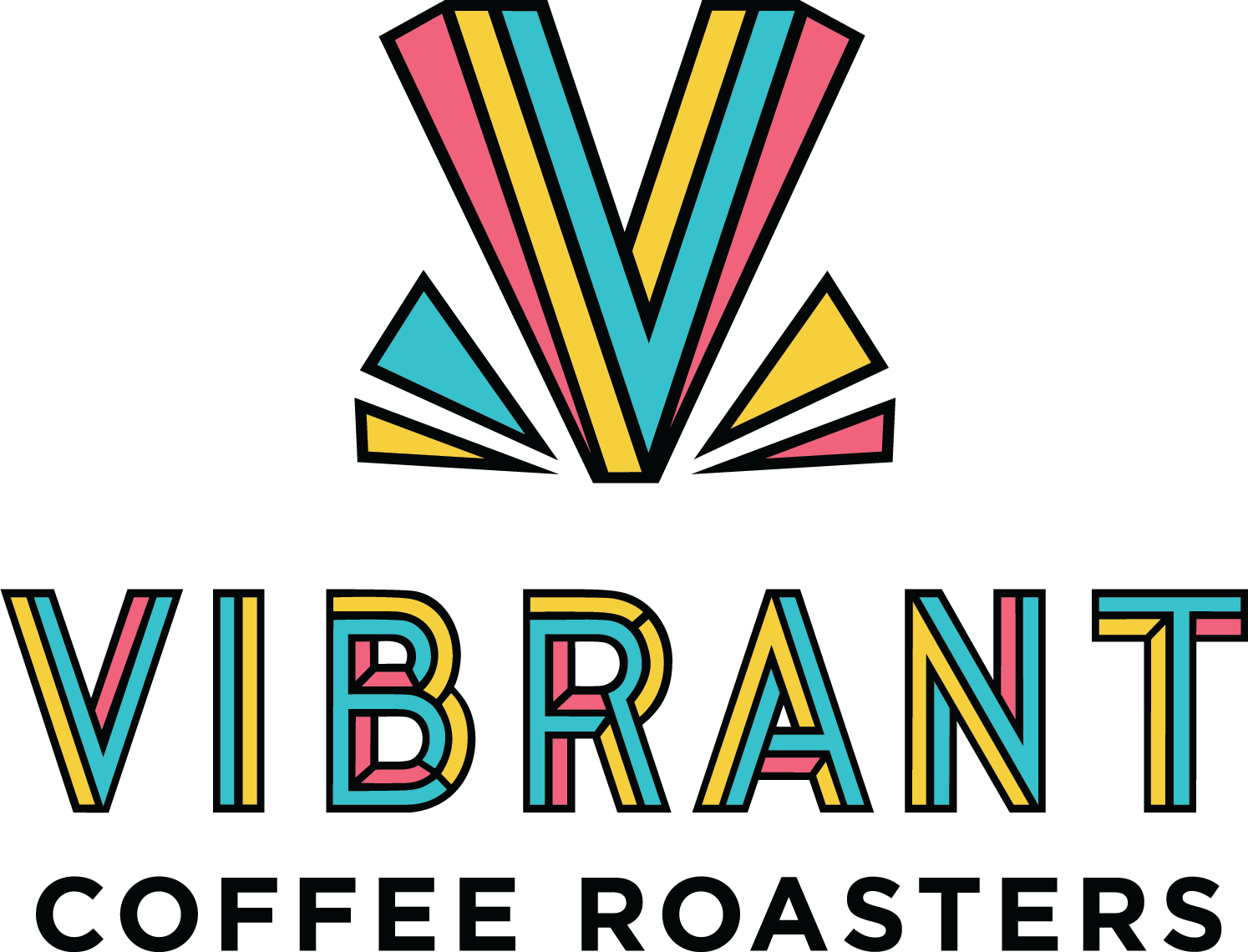More Pourover Water Temperature Shenanigans
Recently, we did some testing to see if the claim that using lower water temperature towards the end of your pourover brew makes for better flavor in the cup. For our coffees, and for our palates, we found that it does not. We thought that was that, but then we came across the “Samo bloom” method, which is blooming your pourover with colder water (somewhere in the 140 - 175 degrees F range, or 60 - 80 degrees C) and then doing the rest of the brew at your normal, higher temperature. The claim is that for some coffees, even though it gives you a lower overall extraction (which means less sweetness and less origin character in the cup) due to a lower average brew temperature, this reduces the loss of desirable volatile organic compounds (VOCs) and gives you a more aromatic, delicious cup of coffee. Obviously, we had to try this out for ourselves.
Here’s what we did. We brewed several different coffees, all ground on a Mahlkonig Guatemala, with full strength Third Wave Water. We did two brews with each coffee, one using our standard V60 recipe, and the other using the same exact recipe except we used 160 degree F water for the bloom pour rather than 211 degree F water. The two coffees were then blind tasted by several tasters. Here are the results.
1) Ethiopia Keramo Village. 24 days post roast. Bag had been open for several days prior to this testing. Hot bloom brew had a total brew time of 3:00. Much more pronounced florals, when hot, they are extremely prominent. This brew is sweet, and richly peachy. The 160 F bloom brew had a total brew time of 3:10. The flavor profile is softer when hot, but as it cools it becomes very noticeable that the whole brew is less sweet and nuanced. Prefer hot bloom.
2) Costa Rica Las Lajas SL28 Natural. 10 days post roast. Bag was unopened until just moments before grinding and brewing. Hot bloom brew had a total brew time of 2:45. The 160 F bloom had a total brew time of 2:55. In the very first sip, we almost preferred the cold bloom as it was brighter, but after another sip or two the brightness just turned into somewhat one-dimensional sourness, with a lack of nuance, complexity, and sweetness. Prefer hot bloom.
3) Colombia Huila Las Perlitas. 24 days post roast. Bag had been open for several days prior to this testing. Hot bloom brew had a total brew time of 2:42. Thick, sweet, rich, and fruity. The 160 F bloom brew had a total brew time of 2:55. Tastes underextracted. Just a bit underwhelming, less nuance. Prefer hot bloom.
4) Colombia Nariño Las Perlitas Honey. 8 days post roast. Bag was unopned until just moments before grinding and brewing. Hot bloom brew had a total brew time of 2:41. The 160 F bloom brew interestingly had a total brew time of 2:38. Upon initial tasting, the cold bloom had a more pleasant acidity (more bright cranberry) but after two sips of each it became clear that the cold bloom had less nuance, less complexity, and less sweetness. Prefer hot bloom.
We really do not think this method is helpful for our coffees. There was no noticeable increase in pleasant aromas or nuances in flavor for any of them with the cold bloom. It is perhaps slightly less bad to cold bloom if you are brewing either a honey/natural coffee (as it is often a bit easier to get more sweetness than it is with a washed coffee) or with very fresh coffee as we found the fresher Costa Rica Las Lajas SL28 Natural and fresher Colombia Nariño Las Perlitas Honey to taste a little bit closer to as good as their hot bloomed counterparts than the older, washed coffees did.
Have you tried the Samo Cold Bloom? What did you find? Shoot us an email at coffeeisafruit (at) vibrantcoffeeroasters (dot) com!

